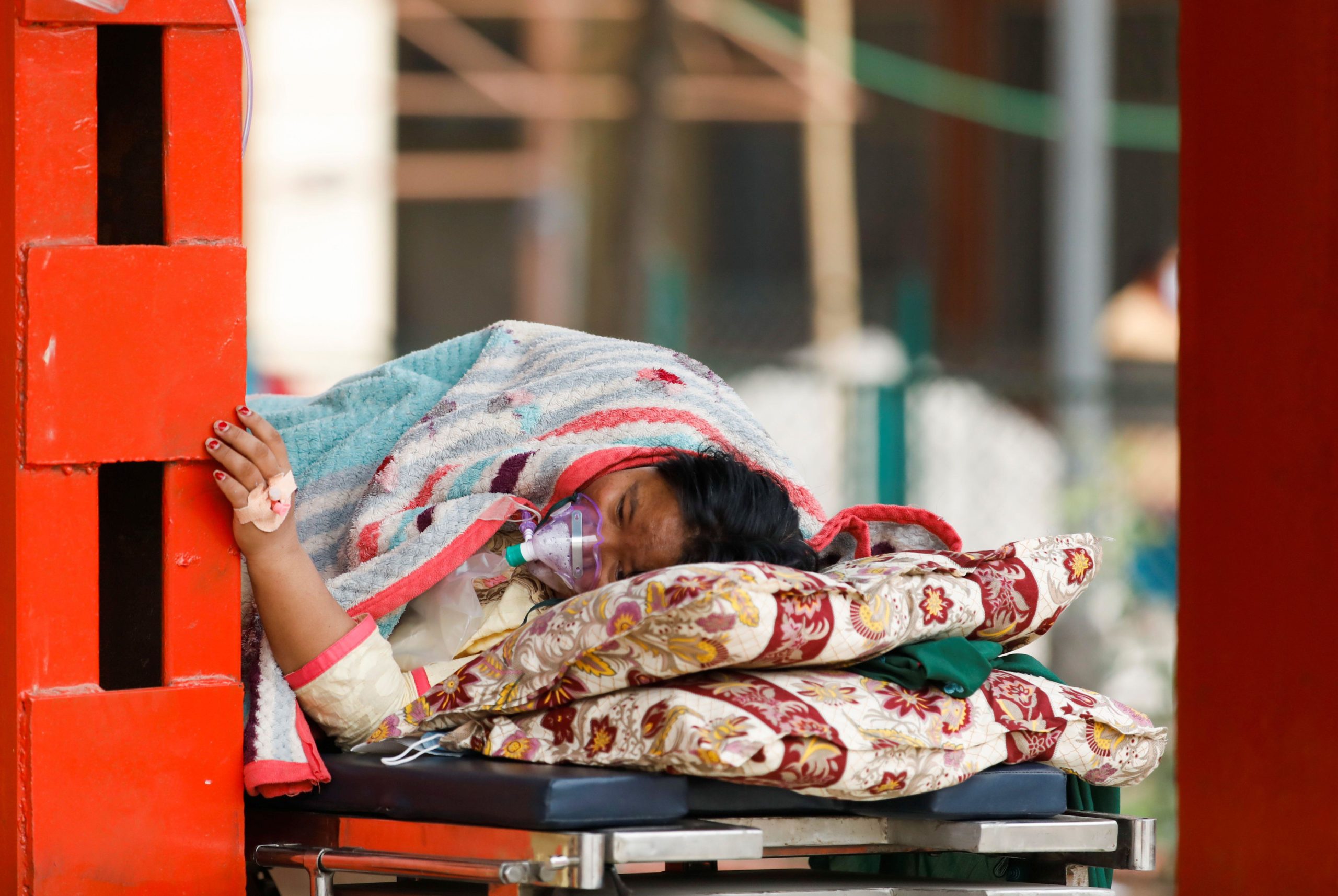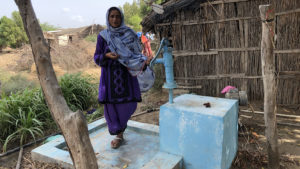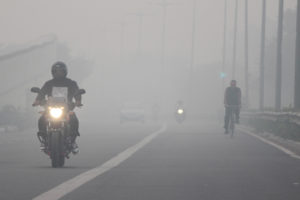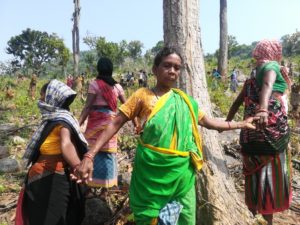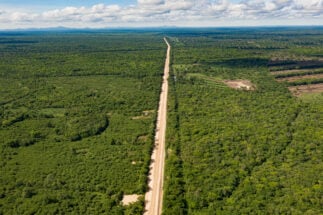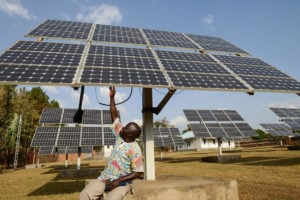If 2020 was the year the world woke up to the threat of a global pandemic, in 2021 we had to learn to live with Covid-19. Meanwhile, throughout the year the impacts of climate change on the Himalayan region and South Asia were laid out ever more starkly, compounding the region’s health-related vulnerabilities, often linked to poverty and lack of infrastructure.
Parts of South Asia and the Himalayas faced heightened health risks in areas where Covid-19 added to the chronic health burdens caused by environmental factors, from air pollution to water scarcity.
In the wake of the current wave of contagion, we reflected on how many of the pandemic challenges faced by South Asia and the world at large mirror those posed by climate change. Here we highlight five key stories from The Third Pole’s 2021 coverage in which we explored the intersection between human health and the natural environment.
Opinion: Pandemic reveals a world unprepared for climate crisis
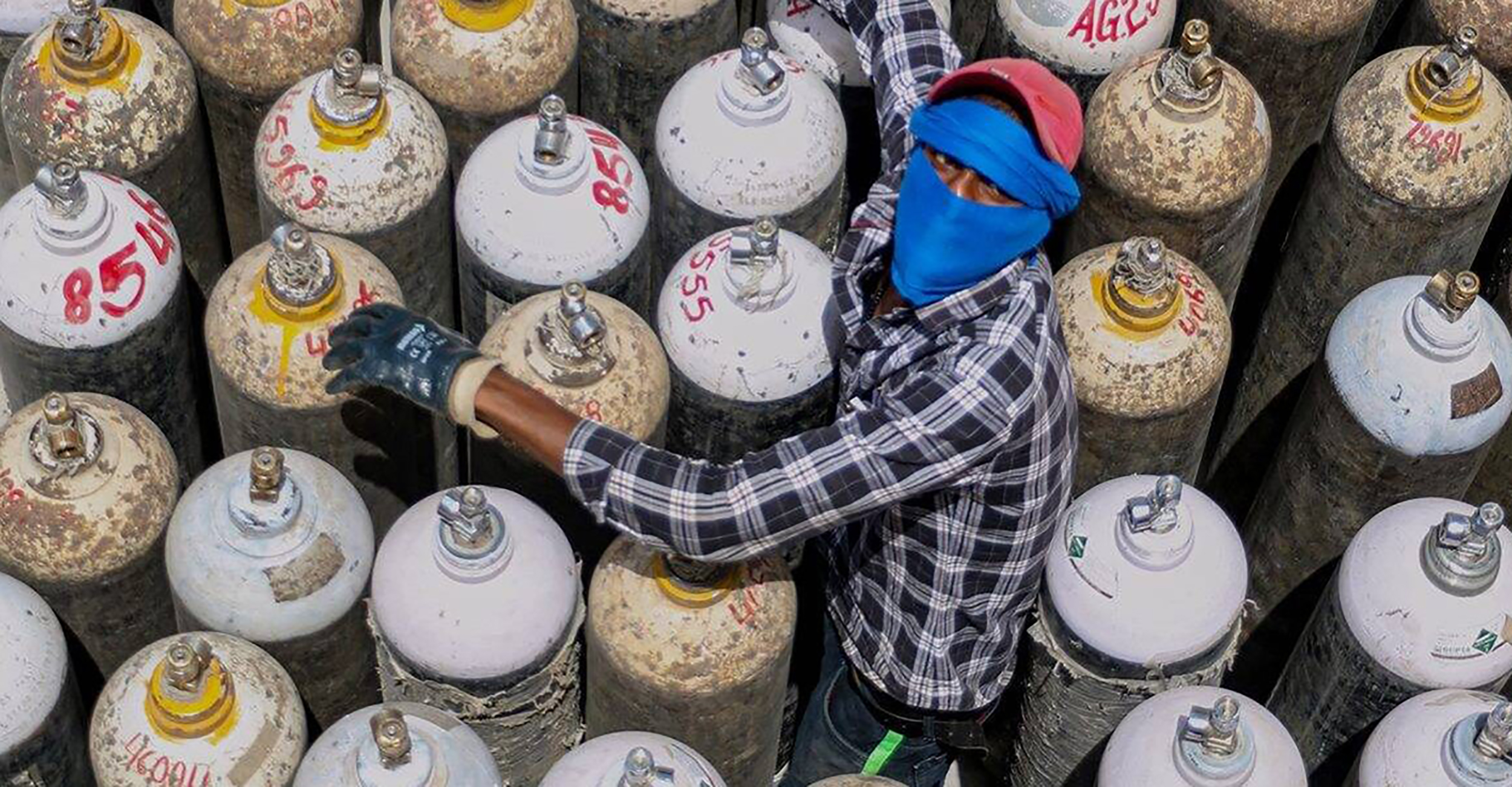
In the throes of the wave of Covid-19 that hit South Asia in spring 2021, Omair Ahmad, our managing editor for South Asia, reflected on how the world is ill equipped to deal with global crises. Whether a pandemic or the impacts of climate change, the same issues surface: from structural inequality and narrow, nationalistic responses to global problems, to a lack of technological cooperation between developed and developing countries.
Air pollution adds to India’s pandemic pain
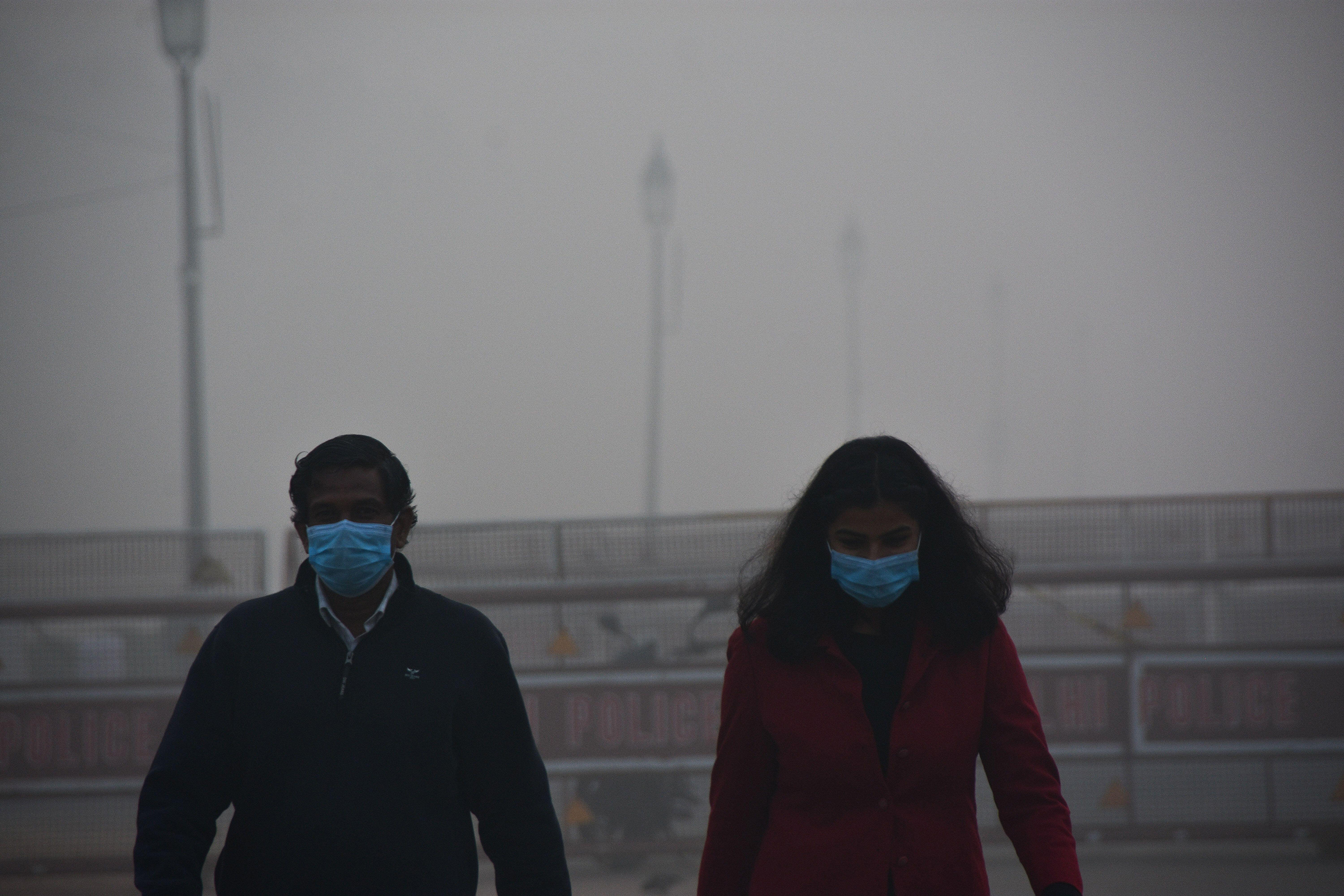
As the death toll mounted in India, we heard from doctors who explained how growing up and living amidst severe air pollution means that many Indians are more vulnerable to viruses that attack the lungs, such as Covid-19.
Biomedical waste and Covid-19: ‘People on the front line are facing serious issues’
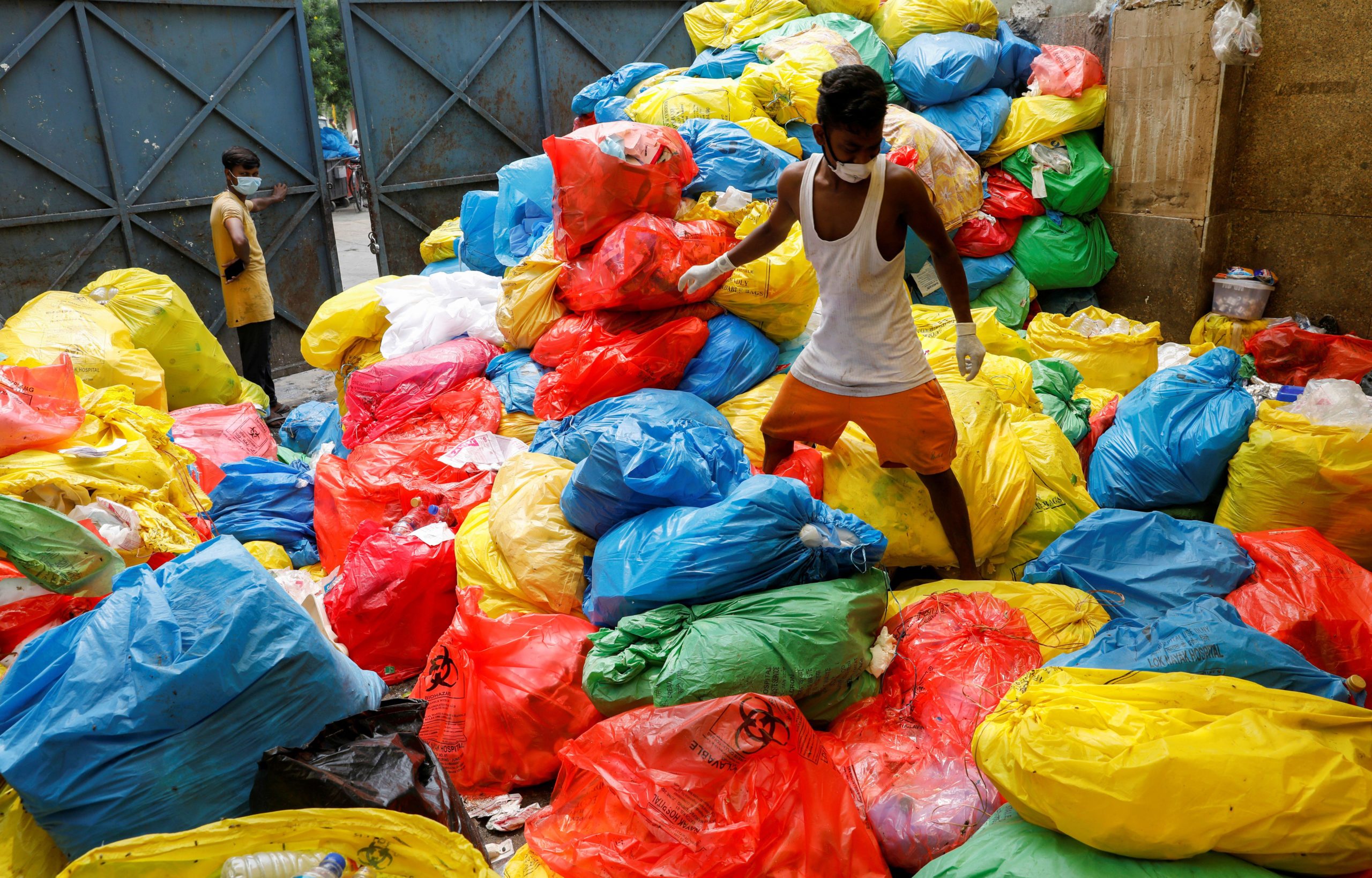
In this video, experts discuss the rise in biomedical waste, including masks, personal protective equipment and syringes, associated with the pandemic response. While most countries have stringent regulations in place to prevent this type of waste from becoming a health and environmental hazard, many developing nations were so overwhelmed by the Covid-19 pandemic that these rules were not always implemented.
Saltwater puts women’s health at risk in Bangladesh
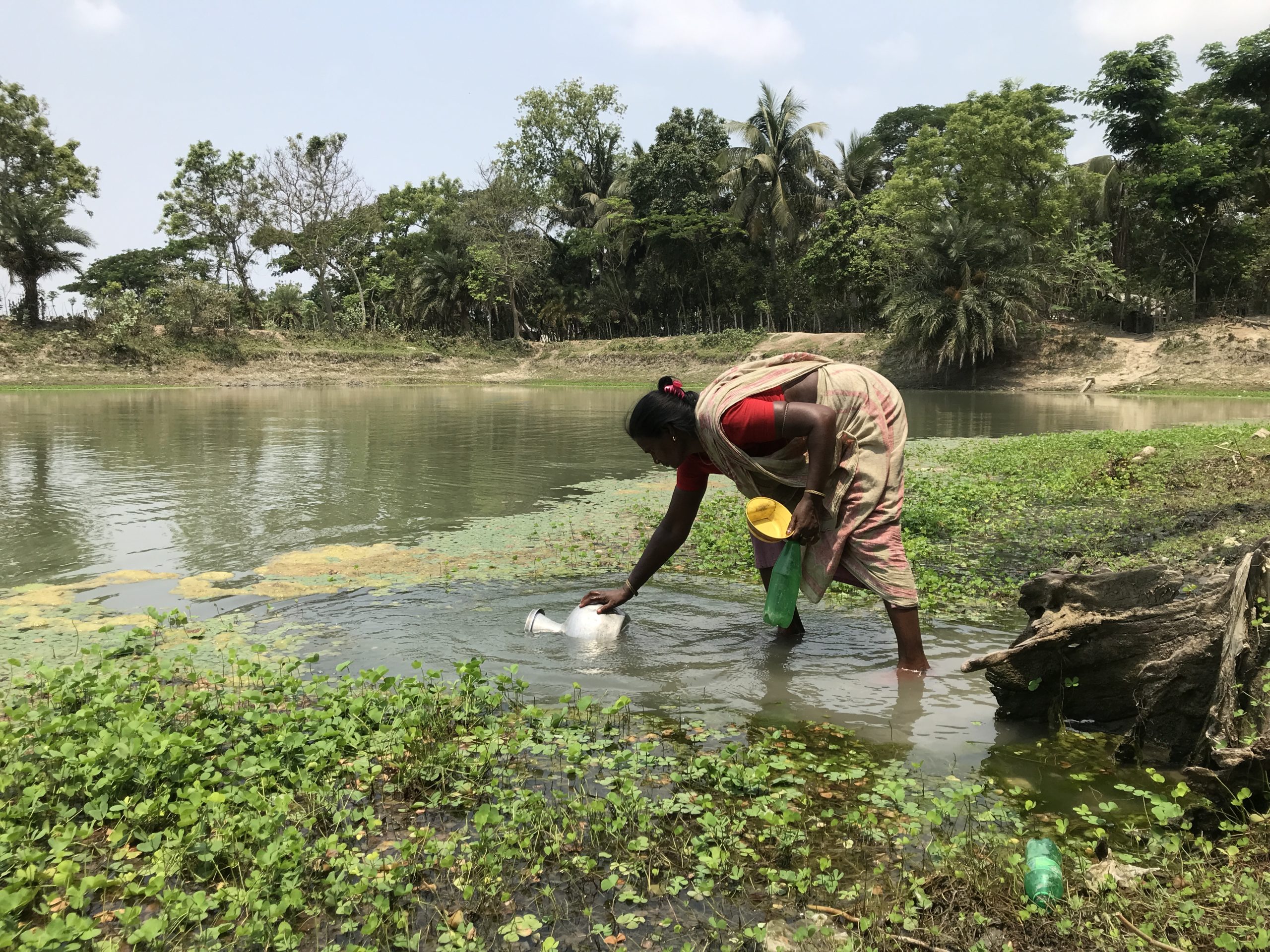
Beyond the spread of Covid-19, journalists writing for The Third Pole shone a spotlight on other critical health issues exacerbated by a changing environment. This investigation looked at how rising salinity in Bangladesh’s freshwater sources is harming women’s health in particular. The Third Pole collected and analysed water samples from eight locations, finding high concentrations of salt, which numerous studies have connected with health issues such as gestational hypertension and urinary tract infections.
As India breaks the taboo over sanitary pads, an environmental crisis mounts
![Health workers distributing free sanitary pads to the women and girls in the Indian state of Tripura and explaining to them the necessary of using it, in a health camp. [image by: Abhisek Saha / SOPA Images / ZUMA Wire / Alamy Live News]](https://dialogue.earth/content/uploads/2021/02/Sanitary1.jpg)
The adoption of sanitary pads in India is a welcome development that is improving sanitation among menstruating people while helping to end the social stigma around periods which still persists in the country. However, since most of the available products are made of plastic, India faces a potential new wave of hazardous, non-biodegradable waste. This article explores possible alternatives.
